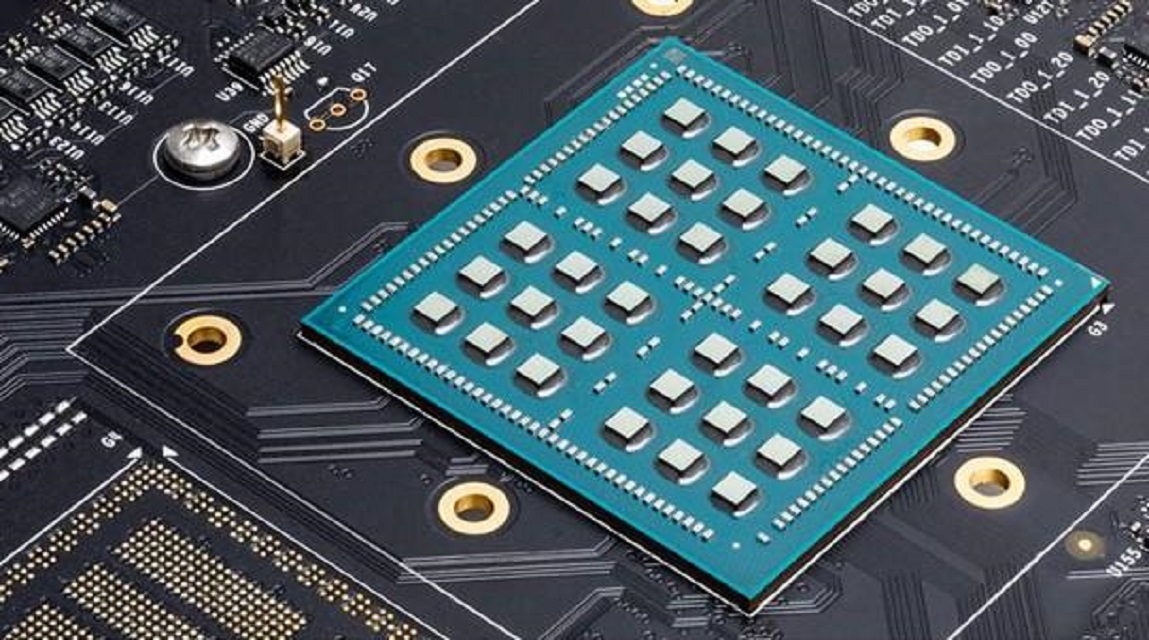
The latest significant invention in VLSI Design & Embedded Systems VLSI Technology
Do you remember the size of the computer, laptops, and phone before a few recent years? Have you ever wondered why and how more sleek designs are trending now with more memory space and features? The technology behind the sleeker designs of technological devices is a technology called Very Large-Scale Integration (VLSI) and Embedded systems.
What is VLSI?
Very Large – Scale Integration VLSI is a technology that helps integrate the functions of several chips into a single micro-processing chip. VLSI is nothing but the large circuits integrated in a small chip. VLSI technology dates back to the time where several microprocessors and microcontrollers were utilised in the processors like computers in the advanced level. The usage of Metal Oxide Semiconductor chips for the complex telecommunication purpose marked the start of the VLSI technology during the 1970s. In simple words, a motherboard in your laptop, RAM etc uses VLSI technology.
Embedded system is an advanced processor-like computer system that helps write the code for a combination of microprocessor, memory device, output and input devices. The embedded system can be a standalone device or can be integrated in a mechanical or electrical device. Their functions may be variable or be programmed to do a fixed set of functions. To say in simple words, A digital watch, fire alarm, or digital clock are classic examples of embedded systems.
Embedded Systems VLSI Technology:
Although embedded systems and VLSI technology are two different topics, they are learned or taught together in course materials. This is because every VLSI micro-chip needs the help of an embedded system to write the code for the program to integrate the circuit on the chip. So, the embedded system is the software behind VLSI. The tremendous growth of the Electronic and Electrical Circuit industry is due to the advancement of VLSI technology and the Embedded system. VLSI technology enables the utilisation of Integrated Circuit design applications in control devices, telecommunication devices, computing devices, and few consumer electronics as well.
Benefits of VLSI technology:
Less space occupation
Sleek designs devices
Require less power than the other discrete components
Higher device reliability
Promotes minimalism
Cost-effectiveness of the devices increase
The size of the circuits is reduced
The circuits operate at a better speed- boosts performance.
Promotes the production of Compact and light-weight devices
VLSI fields and sub-divisions:
VLSI field is further divided into
Designing – The designing of the microchip and the VLSI integrated circuit with the help of embedded systems is called designing.
Fabrication – The process of fabrication involves sequencing the steps like lithography, dry etching, dielectric and oxidation. In simple words the chip created becomes the device and can be fully functional without the outer cover.
Testing – Testing is the stage where the device is tested to check if it performs the function allotted to the chip without any glitch.
Verification- The additional round of checking performed to verify if the design after manufacturing will perform the assigned function without any short-coming.
VLSI and embedded systems are gaining popularity for their applications in producing transmitter and communication devices. The latest technology in VLSI is the integration and application of Artificial Intelligence and Machine Learning. The VLSI industry is fast approaching in being the future of applied fields of Data Science and AI. With the present trends from Data Science and AI, the VLSI field is going to be the next gen revolution in wireless communication and transmission.
Career Opportunities in VLSI:
VLSI design courses and VLSI embedded engineers are gaining a lot of popularity among the top companies that currently deal with VLSI technology like
Amazon
IBM
Samsung
NVIDIA
Intel
Qualcomm
The top product-based companies are actively hiring VLSI engineers. Further VLSI field is said to grow with the AI, Data Science, and Machine Learning technologies’ integration.
Few of the job titles that you can land with after a UG programme in VLSI are:
Design engineer
Verification engineer
Testing engineer
Applications engineer
R & D Engineer
Product validation engineer.



